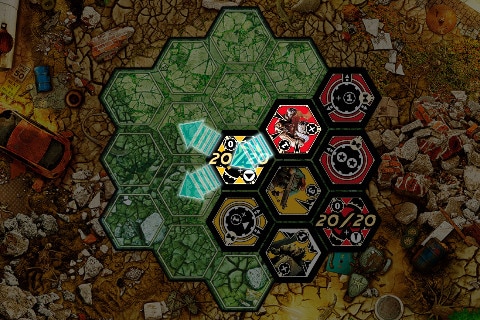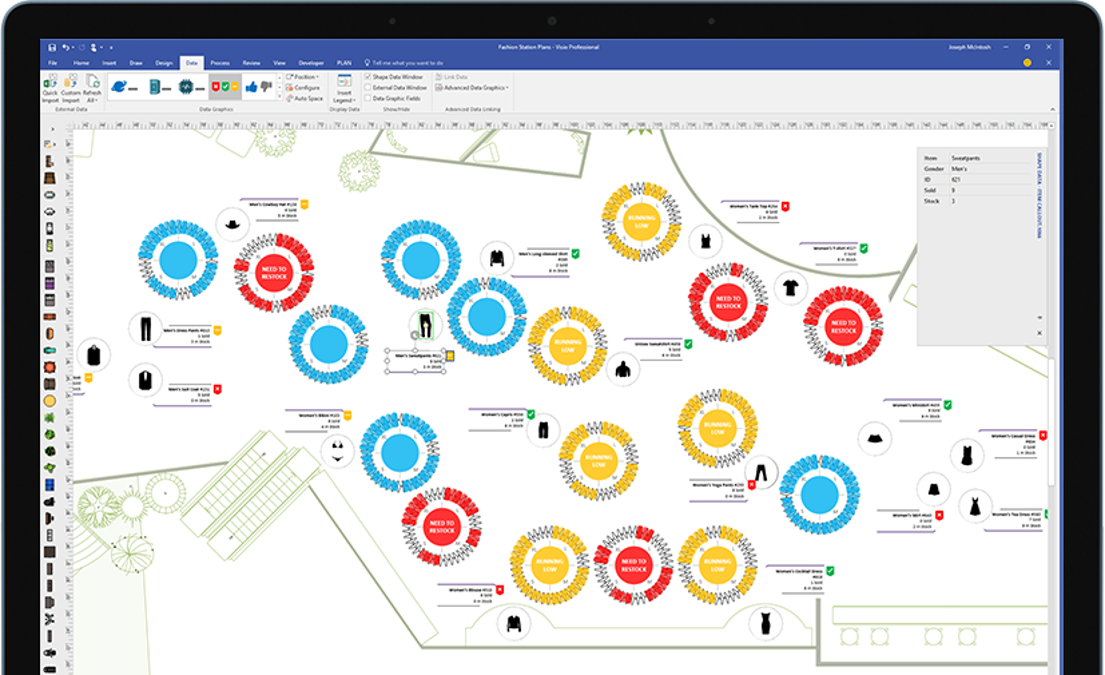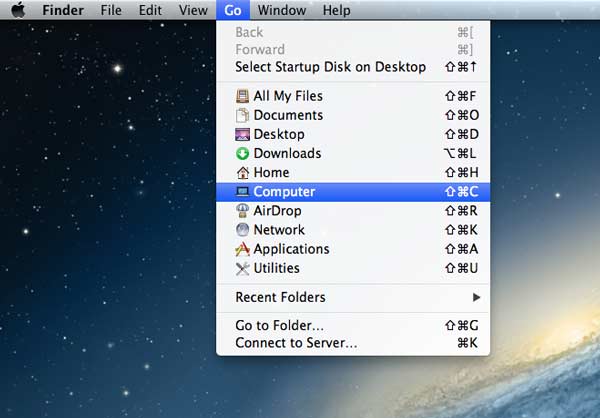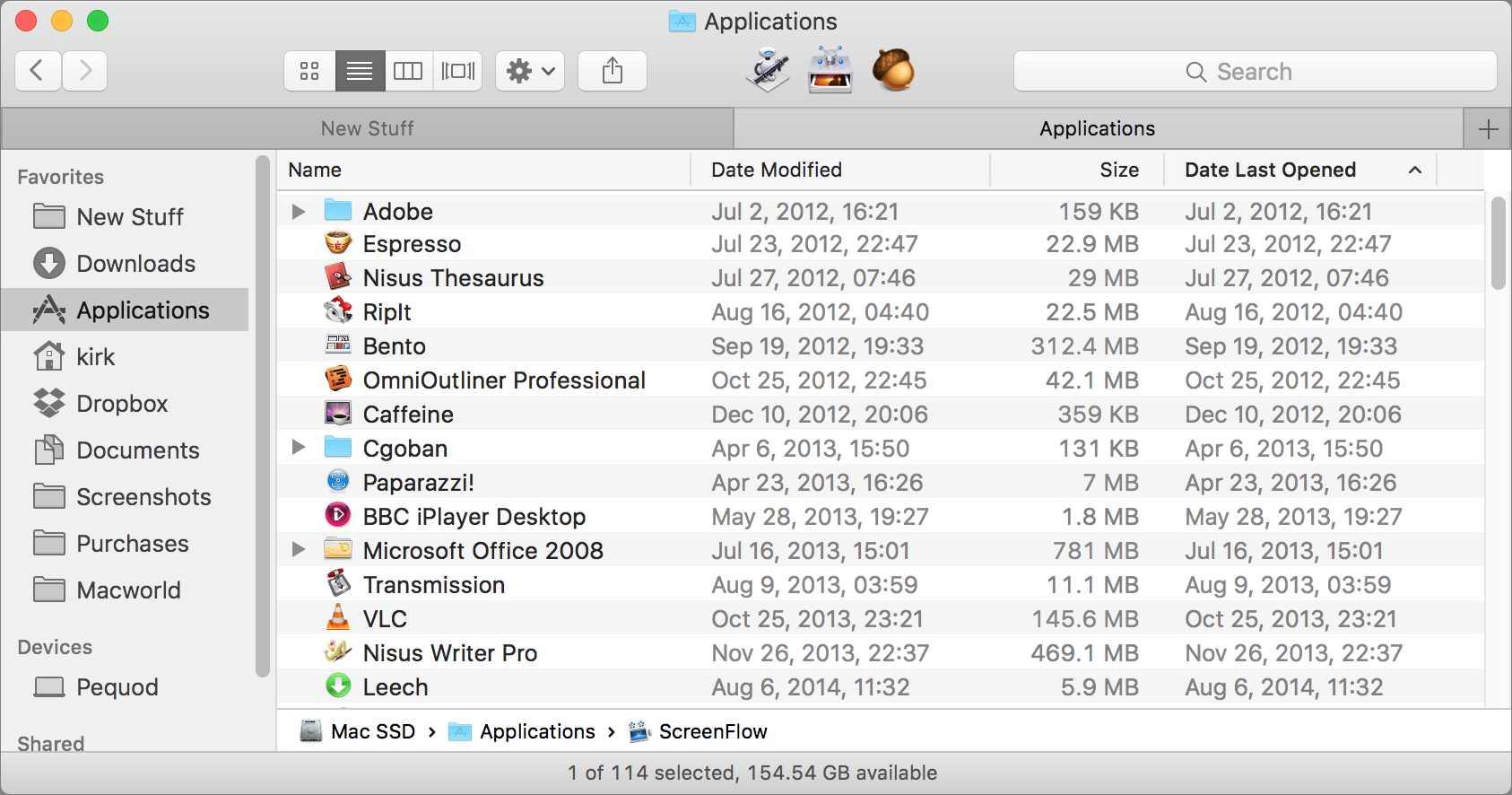
Your Mac has a secret. Thousands of them in fact, in the form of hidden files and folders lurking on its hard drive or SSD. Don't worry, though. These files and folders are all supposed to be there. In fact, many of them are essential.
Many of these files are in your Mac's main Library folder or in the ~/Library folder, which is in your User folder. Both these Library folders are hidden, but inside them are folders and files that hold things like preferences for apps.
The Library Folder on your Mac contains Preference Files, Caches, and Application Support Data. While regular Mac users may not find the need to access the Hidden Library Folder, advanced Mac users will at times come across the need to access files inside the Library Folder for. May 30, 2013 Video about how to create password protected secret folders on Mac OSX to keep private files (pictures, videos, movies, documents, etc.) and access them any time you want or need! May 10, 2010 Create a Hidden Folder in Mac OS X. Setting Mac OS X to display hidden folders. You can actually set Mac OS X to show hidden files by issuing a command in the Terminal. This will expose your hidden folder completely within the Finder, but you'll also see tons of other important system files and folders.
In this article, we'll tell you how you can view hidden files on your Mac and make your Library folder visible.
What are the hidden files on Mac?
The hidden files are a throwback to macOS' Unix roots. In fact, the convention of naming them starting with a '.' comes from Unix. For that reason, you can't use a '.' at the start of a regular file name, otherwise OS X will hide it.
The files themselves contain data like access rights and privileges for files and folders, application support files, and preferences.
There are a number of reasons files and folders are hidden. Mostly, though, it's because they contain data critical to the smooth running of your Mac and that you shouldn't interfere with. In addition, there's no real reason for most users to see or access them. Also, if they were all visible, your Mac would look horribly cluttered.
How to view hidden files on Mac
Hide a File or Folder on a Mac. RELATED: How to Hide Files and Folders on Every Operating System. Jun 24, 2020 Apple keeps some files as hidden in its Mac OS X so that nobody can tamper with those important data stored in the hidden files. As a matter of fact, this 'secret treasure' should not be located by any intruder (read new user.) As a Mac owner, if you want to show those hidden files in Mac OS X, here is a method.
Before you make your Mac show hidden files, it's important to remember they've been hidden for a reason. The data they contain could cause havoc if you delete or alter it and don't know what you're doing.
If your goal in viewing, for example ~/Library is so you can manually delete application support files for a program you've uninstalled, consider using a dedicated uninstaller like CleanMyMac X. That will make it easy to remove all the files associated with an application with one click. You can download CleanMyMac X for free here.

CleanMyMac X will also allow you to get rid of all the hidden files you no longer need. Many of these files are created and used then not needed anymore. They just sit there clogging up your hard drive. CleanMyMac X scans your Mac, identifies this system junk and allows you to quickly and easily get rid of it, potentially several gigabytes of disk space.
If you still want to view hidden files on your Mac, you need to go to the Finder and do the following:
- Open a new Finder window and click on the name of your Mac under ‘Devices' in the sidebar.
- Click on Macintosh HD, or whatever you've called your startup drive if you've renamed it.
- Press Command-Shift-. (period). You should now see lots of files and folders who's name starts with '.' become visible.
- To re-hide the files and folders, hold down Command-Shift-. again.

How to view your Mac's ~/Library folder
There are a couple of methods for making your ~/Library folder visible. Here's the simplest:
- Click on the Finder in the Dock.
- Open a new Finder window and navigate to your user folder (Tip: if it's not in the sidebar, go to the Finder menu, choose Preferences, click Sidebar and check the box next to your Home folder)
- Click on the Go menu.
- Hold down the Option (Alt) key.
- You should see that in the dropdown menu, Library appears below Home. Click on it.
Alternatively, do this to view your Library folder:
- Click on the Finder in the Dock.
- Click on the Go menu and choose Go to Folder.
- In the window that opens, type '~/Library'
With both these methods, your Library folder will disappear again when you close the Finder window. It's easy enough to run through the steps above again to make it visible again when you need to, but if you want it permanently accessible, there are a couple of ways to do it.
The quickest is to drag the Library folder to the Finder's sidebar. That will create a shortcut to it that will persist. If you want to keep ~/Library visible but don't want it clogging up the sidebar in Finder windows, do this:
- Click on the Finder in the Dock.
- Click on the View menu and choose Show View Options.
- Check the box labelled Show Library Folder at the bottom of the window.
How to make macOS show hidden files using Terminal
If you're feeling particularly adventurous, you can use the Terminal command line interface to view hidden files and folders. Here's how to do it:
My Secret Folder App
- Open Terminal from the Utilities folder in Applications, or by searching for it using Spotlight. You can also use the Go menu in the Finder to go directly to the Utilities folder.
- Type, or copy and paste, this command: defaults write com.apple.Finder AppleShowAllFiles true
- Press Return
- Type: killall Finder
To hide the files again, repeat the above steps, but replace ‘true' with ‘false' at the end of step 2.


How to hide any file or folder using Terminal
Now that you know how to view hidden files and folders on your Mac, you may be wondering how you can hide other files or folders, to keep them away from prying eyes. There are a number of third-party applications and utilities that offer to do this for you, but you can do it yourself in Terminal, like this:
- Launch Terminal.
- Type: chflags hidden
- Press the spacebar.
- Drag the file or folder you want to hide from the Finder onto the Terminal window.
- You'll see the path to the file or folder displayed in Terminal after the command you typed.
- Hit Return to execute the command.
The file or folder you dragged onto the Terminal window will now be hidden. To see it again, use one of the methods described above to see hidden files.

To make the file visible permanently again, use the steps above, but in step 2 type: chflags nohidden
As you can see, viewing hidden files and folders on your Mac is very straightforward. There are a number of ways to do it, and you can make them visible temporarily or permanently.
However, just because you can view hidden files, doesn't mean you should — the files are usually hidden because accidentally deleting them or altering them could cause chaos on your Mac. So, while it's fine to have a peek, don't do anything with the hidden files unless you know what you're doing.
If you want to declutter your Mac or uninstall applications, use a dedicated application like CleanMyMac X. It will safely remove all useless files, add-ons, broken login items, caches, large and old files you didn't know about. Most likely, you won't even need to look for hidden files — CleanMyMac will do all the job for you.
We also showed that many of those files are stored in Library folders, including the one in your User folder, ~/Library. That folder is hidden by default, but you can view it or make it permanently visible using the techniques described above.
These might also interest you:
Tracks your work time and helps you take the right breaks.
iDatabase for Mac
The intuitive personal database manager.The easiest way to organise information, manage membership lists, expenses, projects, keep track of your internet passwords and more. more
Timer for Mac
Stopwatch, alarm clock, countdown and clock.
Your Mac has a secret. Thousands of them in fact, in the form of hidden files and folders lurking on its hard drive or SSD. Don't worry, though. These files and folders are all supposed to be there. In fact, many of them are essential.
Many of these files are in your Mac's main Library folder or in the ~/Library folder, which is in your User folder. Both these Library folders are hidden, but inside them are folders and files that hold things like preferences for apps.
The Library Folder on your Mac contains Preference Files, Caches, and Application Support Data. While regular Mac users may not find the need to access the Hidden Library Folder, advanced Mac users will at times come across the need to access files inside the Library Folder for. May 30, 2013 Video about how to create password protected secret folders on Mac OSX to keep private files (pictures, videos, movies, documents, etc.) and access them any time you want or need! May 10, 2010 Create a Hidden Folder in Mac OS X. Setting Mac OS X to display hidden folders. You can actually set Mac OS X to show hidden files by issuing a command in the Terminal. This will expose your hidden folder completely within the Finder, but you'll also see tons of other important system files and folders.
In this article, we'll tell you how you can view hidden files on your Mac and make your Library folder visible.
What are the hidden files on Mac?
The hidden files are a throwback to macOS' Unix roots. In fact, the convention of naming them starting with a '.' comes from Unix. For that reason, you can't use a '.' at the start of a regular file name, otherwise OS X will hide it.
The files themselves contain data like access rights and privileges for files and folders, application support files, and preferences.
There are a number of reasons files and folders are hidden. Mostly, though, it's because they contain data critical to the smooth running of your Mac and that you shouldn't interfere with. In addition, there's no real reason for most users to see or access them. Also, if they were all visible, your Mac would look horribly cluttered.
How to view hidden files on Mac
Hide a File or Folder on a Mac. RELATED: How to Hide Files and Folders on Every Operating System. Jun 24, 2020 Apple keeps some files as hidden in its Mac OS X so that nobody can tamper with those important data stored in the hidden files. As a matter of fact, this 'secret treasure' should not be located by any intruder (read new user.) As a Mac owner, if you want to show those hidden files in Mac OS X, here is a method.
Before you make your Mac show hidden files, it's important to remember they've been hidden for a reason. The data they contain could cause havoc if you delete or alter it and don't know what you're doing.
If your goal in viewing, for example ~/Library is so you can manually delete application support files for a program you've uninstalled, consider using a dedicated uninstaller like CleanMyMac X. That will make it easy to remove all the files associated with an application with one click. You can download CleanMyMac X for free here.
CleanMyMac X will also allow you to get rid of all the hidden files you no longer need. Many of these files are created and used then not needed anymore. They just sit there clogging up your hard drive. CleanMyMac X scans your Mac, identifies this system junk and allows you to quickly and easily get rid of it, potentially several gigabytes of disk space.
If you still want to view hidden files on your Mac, you need to go to the Finder and do the following:
- Open a new Finder window and click on the name of your Mac under ‘Devices' in the sidebar.
- Click on Macintosh HD, or whatever you've called your startup drive if you've renamed it.
- Press Command-Shift-. (period). You should now see lots of files and folders who's name starts with '.' become visible.
- To re-hide the files and folders, hold down Command-Shift-. again.
How to view your Mac's ~/Library folder
There are a couple of methods for making your ~/Library folder visible. Here's the simplest:
- Click on the Finder in the Dock.
- Open a new Finder window and navigate to your user folder (Tip: if it's not in the sidebar, go to the Finder menu, choose Preferences, click Sidebar and check the box next to your Home folder)
- Click on the Go menu.
- Hold down the Option (Alt) key.
- You should see that in the dropdown menu, Library appears below Home. Click on it.
Alternatively, do this to view your Library folder:
- Click on the Finder in the Dock.
- Click on the Go menu and choose Go to Folder.
- In the window that opens, type '~/Library'
With both these methods, your Library folder will disappear again when you close the Finder window. It's easy enough to run through the steps above again to make it visible again when you need to, but if you want it permanently accessible, there are a couple of ways to do it.
The quickest is to drag the Library folder to the Finder's sidebar. That will create a shortcut to it that will persist. If you want to keep ~/Library visible but don't want it clogging up the sidebar in Finder windows, do this:
- Click on the Finder in the Dock.
- Click on the View menu and choose Show View Options.
- Check the box labelled Show Library Folder at the bottom of the window.
How to make macOS show hidden files using Terminal
If you're feeling particularly adventurous, you can use the Terminal command line interface to view hidden files and folders. Here's how to do it:
My Secret Folder App
- Open Terminal from the Utilities folder in Applications, or by searching for it using Spotlight. You can also use the Go menu in the Finder to go directly to the Utilities folder.
- Type, or copy and paste, this command: defaults write com.apple.Finder AppleShowAllFiles true
- Press Return
- Type: killall Finder
To hide the files again, repeat the above steps, but replace ‘true' with ‘false' at the end of step 2.
How to hide any file or folder using Terminal
Now that you know how to view hidden files and folders on your Mac, you may be wondering how you can hide other files or folders, to keep them away from prying eyes. There are a number of third-party applications and utilities that offer to do this for you, but you can do it yourself in Terminal, like this:
- Launch Terminal.
- Type: chflags hidden
- Press the spacebar.
- Drag the file or folder you want to hide from the Finder onto the Terminal window.
- You'll see the path to the file or folder displayed in Terminal after the command you typed.
- Hit Return to execute the command.
The file or folder you dragged onto the Terminal window will now be hidden. To see it again, use one of the methods described above to see hidden files.
To make the file visible permanently again, use the steps above, but in step 2 type: chflags nohidden
As you can see, viewing hidden files and folders on your Mac is very straightforward. There are a number of ways to do it, and you can make them visible temporarily or permanently.
However, just because you can view hidden files, doesn't mean you should — the files are usually hidden because accidentally deleting them or altering them could cause chaos on your Mac. So, while it's fine to have a peek, don't do anything with the hidden files unless you know what you're doing.
If you want to declutter your Mac or uninstall applications, use a dedicated application like CleanMyMac X. It will safely remove all useless files, add-ons, broken login items, caches, large and old files you didn't know about. Most likely, you won't even need to look for hidden files — CleanMyMac will do all the job for you.
We also showed that many of those files are stored in Library folders, including the one in your User folder, ~/Library. That folder is hidden by default, but you can view it or make it permanently visible using the techniques described above.
These might also interest you:
Tracks your work time and helps you take the right breaks.
iDatabase for Mac
The intuitive personal database manager.The easiest way to organise information, manage membership lists, expenses, projects, keep track of your internet passwords and more. more
Timer for Mac
Stopwatch, alarm clock, countdown and clock.Timer is a complete and professional stopwatch, alarm clock, timer and clock utility for Mac. Timer has an easy-to-use and very intuitive interface. more
Secret Folder for Mac
Hide files and folders from the prying eyes.Secret Folder is very useful to keep your information away from prying eyes, it conceal folders and files on your Mac with a simple click. more
Clean Text for Mac
Solve text problems with a couple of clicks.Clean Text is a popular tool for webmasters, graphic designers, developers and magazine editors made to reduce text cleanup and editing time. more
My Secret Folder
iNotepad for Mac
Write and organize better all your texts and notes.Write and perfectly organise all your texts and notes, format them as you like, enhance them with images and export them into standard file formats. more
Time Tracking Pro for Mac
Tracks your work time and helps you take the right breaks.The indispensable app for anyone who needs to keep track of the time taken to complete each type of task, it tracks your work time and helps you take the right breaks. more
iDatabase for iOS
The intuitive personal database manager.iDatabase makes it easy for everyone to create databases, inventories, collections and item lists. more
Clean Text for iOS
The essential tool for iPad and iPhone writers.Quickly remove empty lines, unwanted spaces, convert tab characters, smart quotes, and more. more
Self Timer for iOS
Delays 60 seconds the release of 20 photos.Shoot up to 20 photos in sequence with a timer that can be set up to 60 seconds.
more
